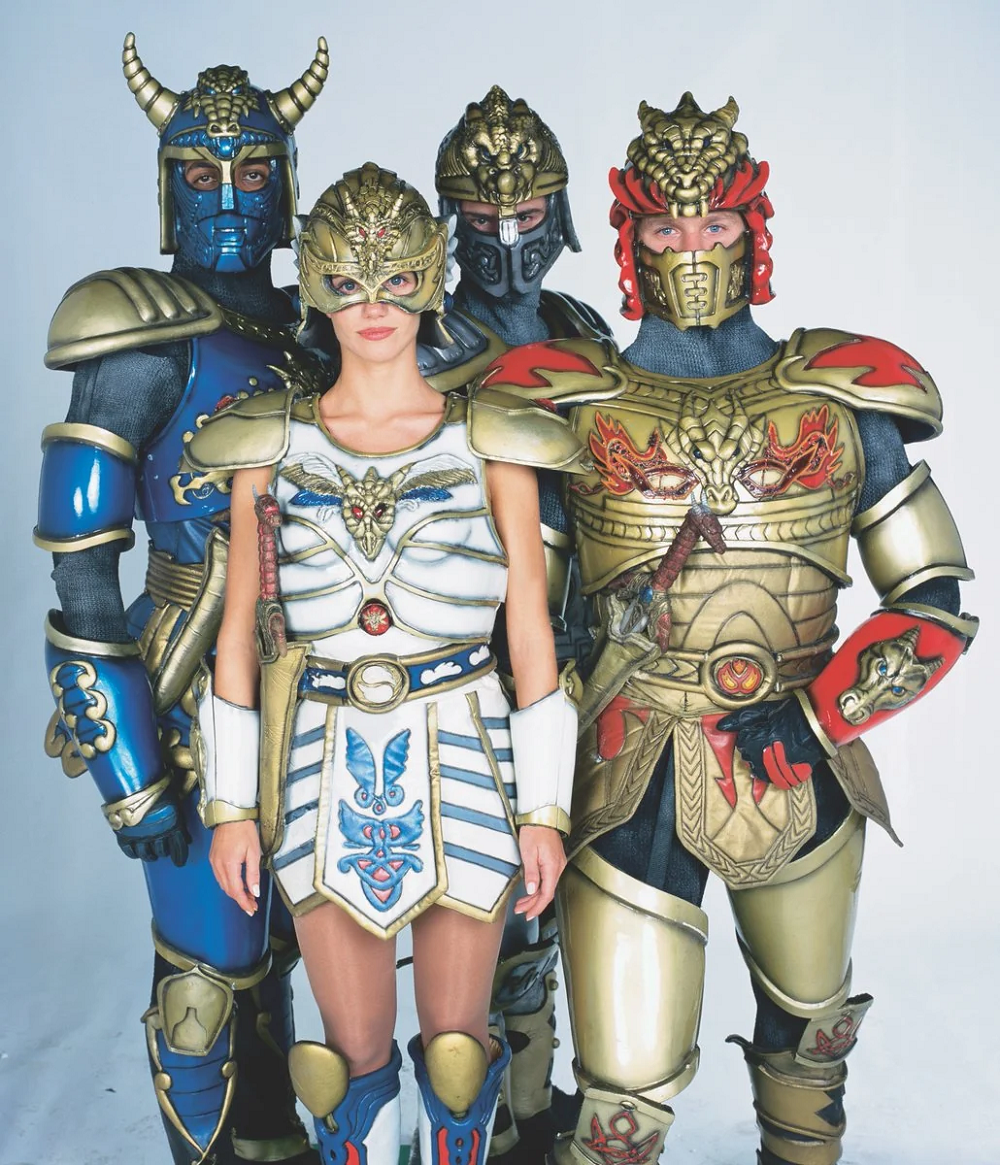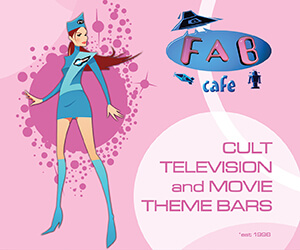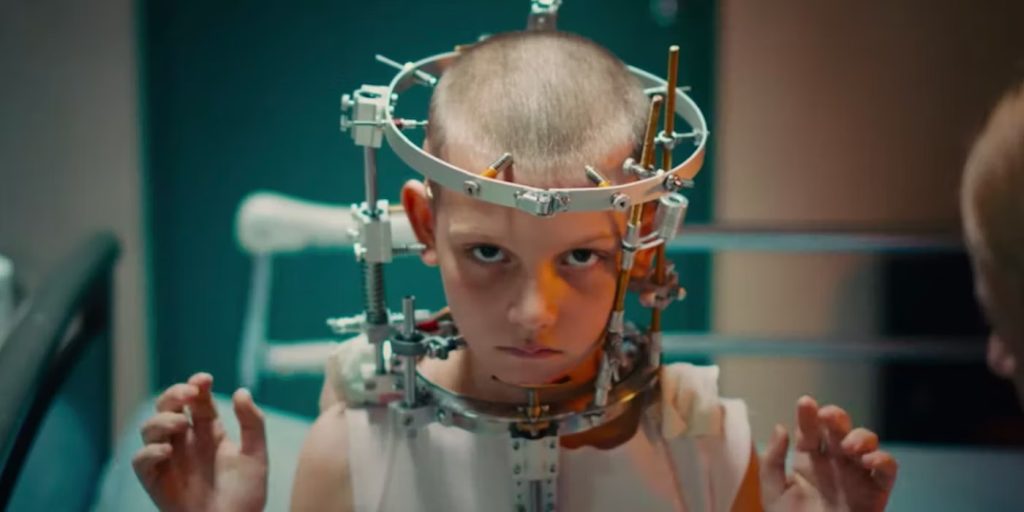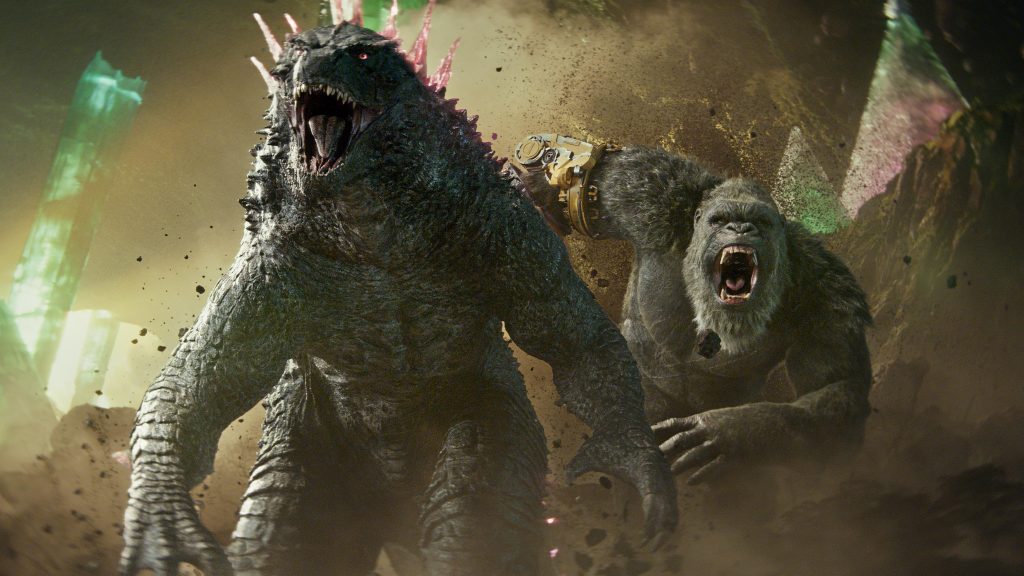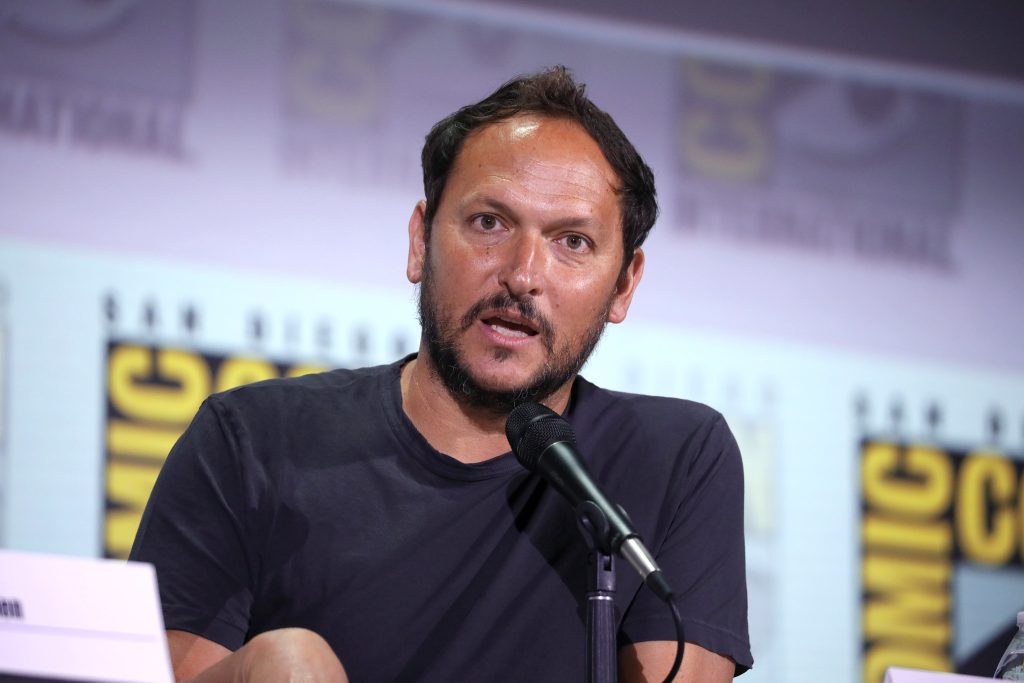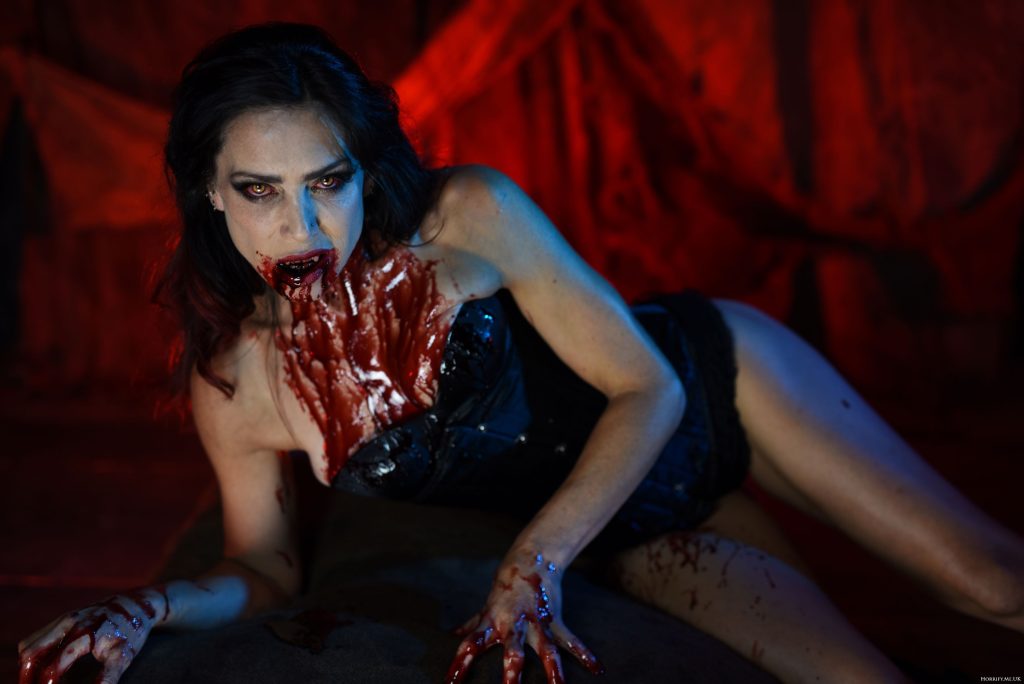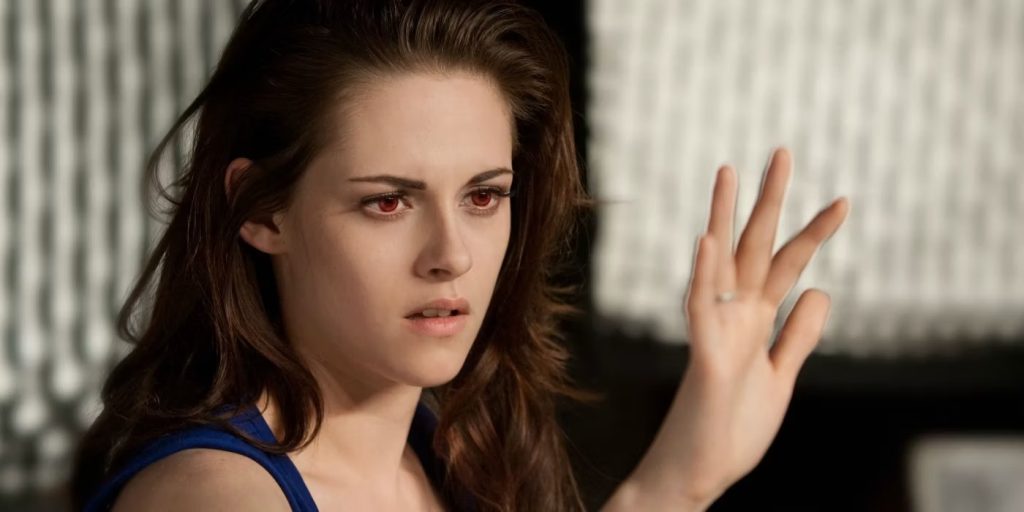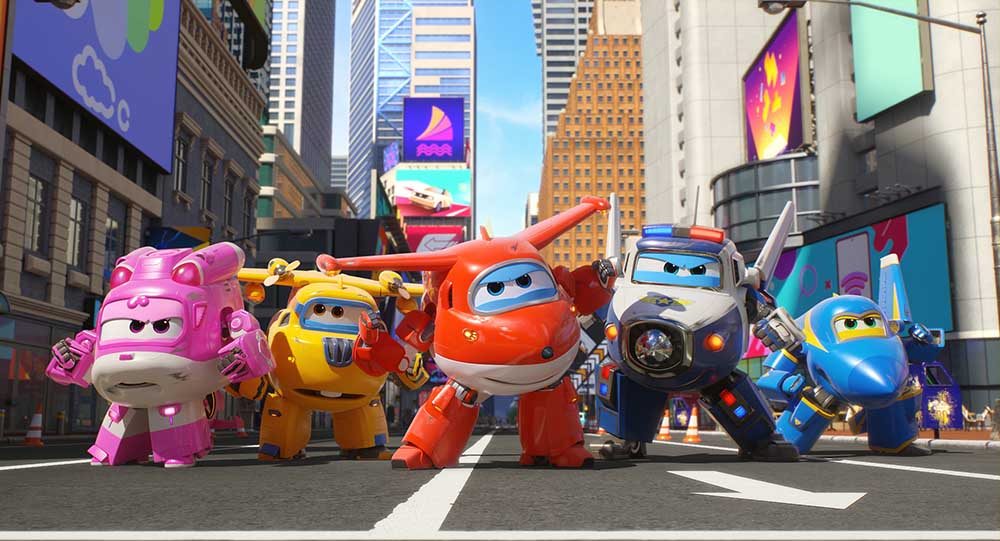Ah, telephemera… those shows whose stay with us was tantalisingly brief, snatched away before their time, and sometimes with good cause. They hit the schedules alongside established shows, hoping for a long run, but it’s not always to be, and for every Street Hawk there’s two Manimals. But here at STARBURST we celebrate their existence and mourn their departure, drilling down into the new season’s entertainment with equal opportunities square eyes… these are The Telephemera Years!
1998-99
Back in the last millennium, there was this thing called Must See TV, where NBC put ALL the best shows in one three-hour block and dominated the lives of everyone with a television. Friends, new Christina Applegate vehicle Jesse, Frasier, Veronica’s Closet, and ER were all the TV you needed, although the usual news and football was also on offer for anyone not tickled by NBC’s powerhouse line-up. Jesse wasn’t the only new show that NBC threw at viewers; they also had Will & Grace tucked in their back pocket. The other big new arrivals were over on HBO and Fox, where Sex and the City, Family Guy, and Futurama all hit the screens for the first time.
There were plenty of shows going the other way, with Home Improvement, Due South, Homicide: Life on the Street, Mad About You, and Baywatch entering their final runs, and genre fans had particular cause to feel aggrieved as the axe was about to fall on Millennium, Star Trek: Deep Space Nine, and Hercules: The Legendary Journeys, with only Third Wave and Farscape on the docket to replace them. That was what the adults were watching, anyway, but the young – and young at heart! – had some interesting diversions of their own…
Mystic Knights of Tir Na Nog (Fox): By 1998, Saban Entertainment were flushed with the success of Mighty Morphin’ Power Rangers and its lesser siblings, Big Bad Beetleborgs, VR Troopers, and Masked Rider). Deciding to branch out into producing their own live-action footage, rather than the imported Japanese fight scenes that had been cut into American teen drama for its other shows, they developed a brand new show for the 1998 Fox Kids line-up.
Dipping into Irish mythology, Haim Saban came up with Mystic Knights of Tir na Nog, five young people entrusted with superhuman weapons and abilities who are fighting to free their unnamed island from the clutches of evil Queen Maeve. Each episode sees the young friends come under attack from Maeve and her monsters of the week in pretty much a retread of every other Saban show you’ve ever seen, but more Irish…
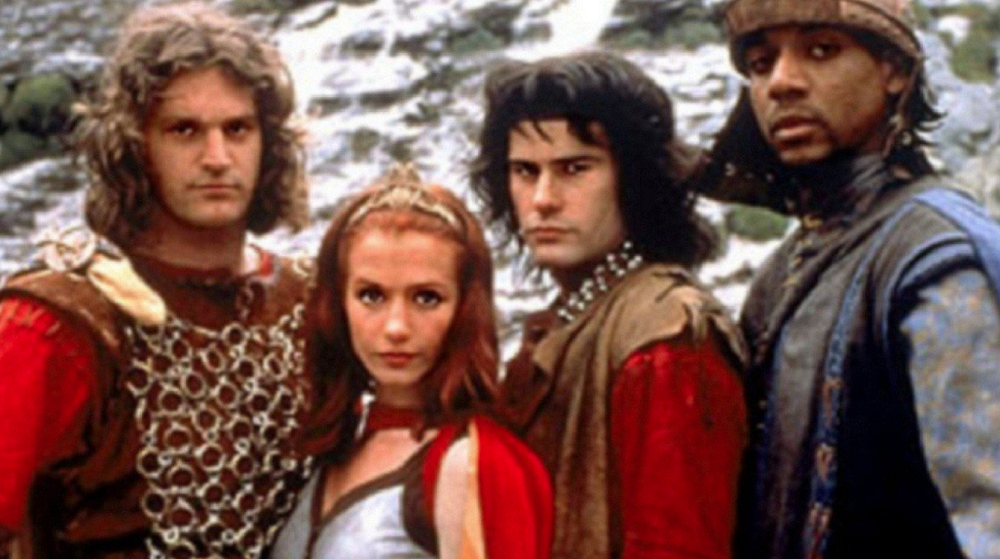
Actually filmed in Ireland, with an Irish and British cast of mostly newcomers, the first episode – “Legend of the Ancient Scroll” – aired on September 12th 1999 and seemed to strike a chord with Saban’s usual audience, helped along by a range of action figures produced by Bandai. Over fifty episodes, the first season unfolded to add friends and foes to the cast, ending with a titanic clash between mystic knight Rohan and Queen Maeve that sees – SPOILER! – good triumph over evil.
A second series, entitled Mystic Knights: Blood and Thunder, was planned but Saban felt the ratings didn’t justify the increased expense of producing the show wholesale and instead used its budget for more Power Rangers fare. Most of the cast are still working but only Lisa Dwan – Princess Deirdrie – has gone on to have anything resembling a successful career, starring both series of the BBC drama Top Boy.
Brats of the Lost Nebula (The WB): Created by Ninja Turtles: The Next Mutation staff writer Dan Clark, Brats of the Lost Nebula became one of only two live-action shows to air on Kids’ WB when it premiered on October 10th 1998. Produced in association with The Jim Henson Company, the show featured a mix of puppetry and computer animation that was innovative at the time and rarely seen since.
The titular Brats were five children, orphaned by war on their home planets and thrust together in a search for the rest of their peoples, all the while trying to avoid the attentions of The Shock, an evil force of invaders from another galaxy. Clark served as executive producer, along with Brian Henson and Henson Company President Margaret Loesch, who had just stepped down from running Fox Kids.
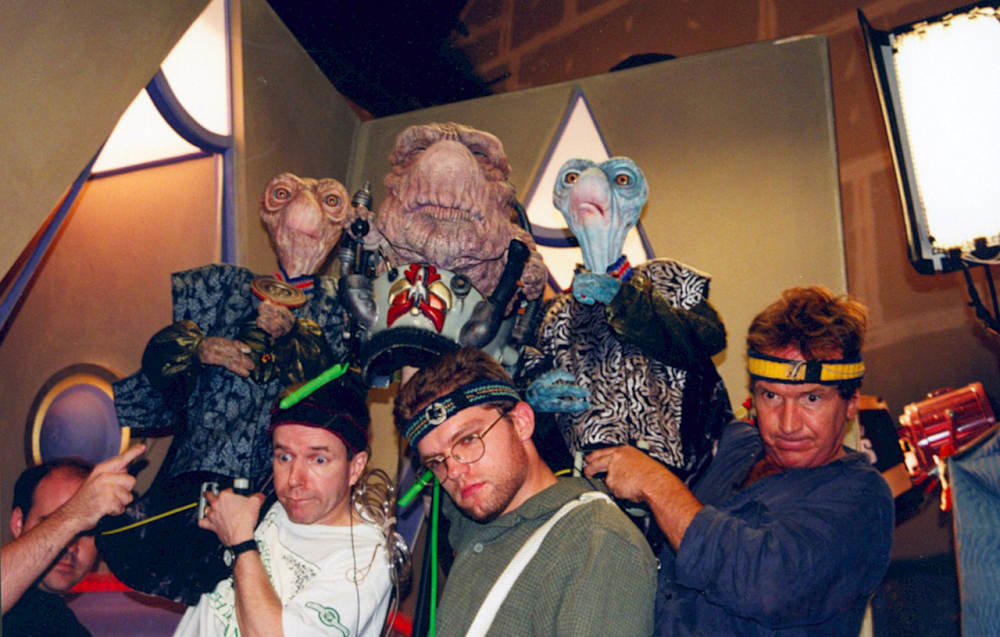
Their combined pedigree earned Brats of the Lost Nebula a thirteen-episode order from The WB but the network were less than enthused with the results and removed the show from the schedules after just three episodes, although Canadian partner YTV did air the entire run through to January 1999. The WB were adamant they hadn’t cancelled the show but it did not return during the 1998-99 season, and there was no sign of it for Fall 1999.
Clark was reported to have been working on a direct-to-video sequel to the show in 2002 but nothing ever came of it. He later created Los Luchadores for Fox Kids, and Team Smithereen for Disney XD, and is currently working on FriendZSpace for Apple TV.
Godzilla: The Series (Fox): Although it was officially a sequel to Roland Emmerich’s 1998 movie, Godzilla: The Series also took inspiration from the 1978 Hanna-Barbera cartoon series, presenting a giant monster that was a friend to mankind and – in particular – one young man. Rather than Pete Darien and the crew of the Calico, this Godzilla “imprinted” on intrepid scientist Dr Nick Tatopoulos (voiced by Beverly Hills 90210’s Ian Ziering), following him and his crew around as they sought to mitigate the damage caused by monsters hatching all over the world.
The series was developed by former NBC executive Jeff Kline and Richard Raynis, who won six Emmys for his work on The Simpsons, and the two had previously worked on other film to TV transfers such as Jumanji and Men in Black. Their vision for Godzilla was one more faithful to the original movies than Emmerich’s treatment, which had been derided by fans of the property and has subsequently been banished to non-canonical status.
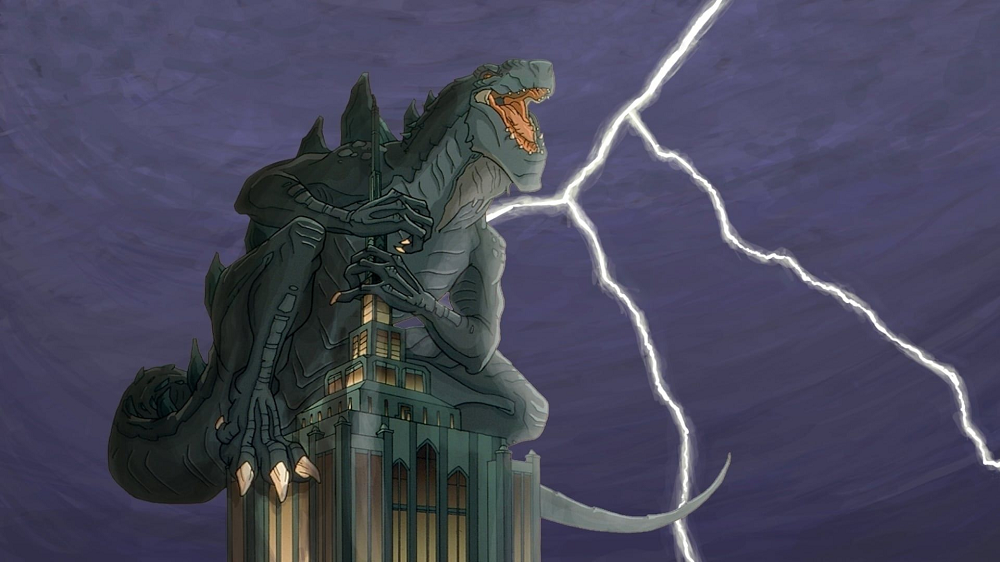
Their Godzilla always seems to know when Nick is in danger and is willing to fight the monsters on behalf of mankind, having no living relatives of his own species. He tussles with such kaiju as giant squids, mutant worms, robotic insects, and even Quetzalcoatl itself, created either a result of ecological disasters or by the sinister forces of Nick’s old college roommate Cameron Winter and his evil allies, including the alien Leviathans.
The first season of Godzilla: The Series premiered on September 12th 1998 and did well enough that Fox commissioned a second series. However, the show was caught up in the ongoing battle for supremacy between Pokemon and Digimon, often finding itself tossed around the schedules for late-programmed Digimon marathons, and two of its forty episodes went unaired in first run due to this kind of messing around. Still, the show retains a solid fandom, although subsequent anime returns to the world of the big green monster have eclipsed its legacy.
Young Hercules (Fox): From sequels to prequels and Young Hercules, being the adventures of the titular demigod before he became Kevin Sorbo (and before Sorbo became the reactionary right-winger reduced to starring in Christian movies). The focus of the series was Hercules’s entrance into the Cheiron Academy run by Nathaniel Lees’s friendly centaur, where he befriends future sidekick Iolaus and future Argonaut-wrangler Jason.
A pilot was shot with Ian Bohen, who had appeared as the young Hercules in flashback scenes featured in Hercules: The Legendary Journeys, but he was replaced early on in production for the full series by a seventeen-year-old Ryan Gosling, who had recently graduated from The Mickey Mouse Club to Nickleodeon shows as Are You Afraid of the Dark? and Goosebumps. Gosling trained with Sifu Wong, the same martial-arts trainer who’d taught Sorbo and Lucy Lawless to screen fight, and moved to New Zealand to film the show, which had special effects prepared by Wellington studio Weta.
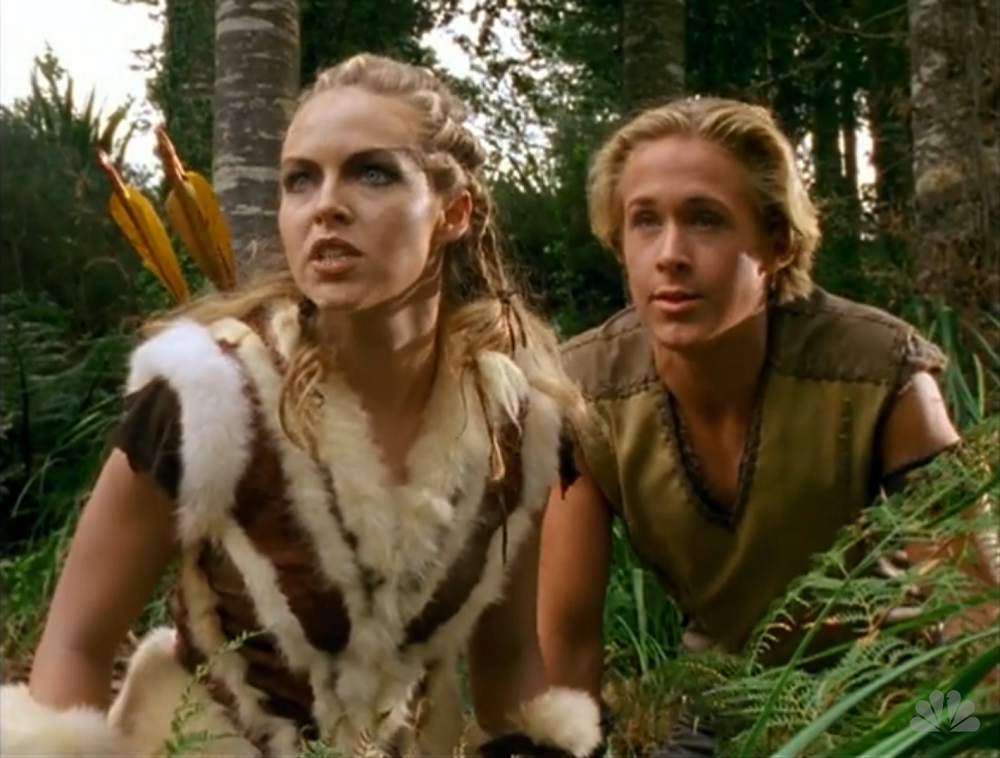
Weta left the project soon after, preferring to work with Peter Jackson on his Lord of the Rings trilogy, as did many of the crew and background actors used on the show. Still, production continued and saw Hercules encounter the whims of the gods for the first time, finding himself a pawn in the ongoing battle between his uncles, aunts, and half-siblings.
Fifty episodes were produced, airing on weekdays at 4.30pm as part of the Fox Kids block, with some weeks including Saturday mornings to add six new weekly episodes to the already-airing Hercules and Xena: Warrior Princess shows. Ratings were strong – it was Fox’s second highest rating live-action kids show behind Power Rangers – but it was an expensive show to produce and wasn’t renewed for a second season. Gosling, of course, went on to have a huge career in Hollywood and would probably rather Young Hercules stayed off his résumé, but he can rest assured that – if things get Sorbo tough – there’s a lifetime of appearances at comic cons waiting for him…
Check out our other Telephemera articles:
The Telephemera Years: 1966 (part 1, 2, 3, 4)
The Telephemera Years: 1967 (part 1, 2, 3, 4)
The Telephemera Years: 1968 (part 1, 2, 3, 4)
The Telephemera Years: 1969 (part 1, 2, 3, 4)
The Telephemera Years: 1971 (part 1, 2, 3, 4)
The Telephemera Years: 1973 (part 1, 2, 3, 4)
The Telephemera Years: 1975 (part 1, 2, 3, 4)
The Telephemera Years: 1977 (part 1, 2, 3, 4)
The Telephemera Years: 1978 (part 1, 2, 3, 4)
The Telephemera Years: 1980 (part 1, 2, 3, 4)
The Telephemera Years: 1982 (part 1, 2, 3, 4)
The Telephemera Years: 1984 (part 1, 2, 3, 4)
The Telephemera Years: 1986 (part 1, 2, 3, 4)
The Telephemera Years: 1987 (part 1, 2, 3, 4)
The Telephemera Years: 1989 (part 1, 2, 3, 4)
The Telephemera Years: 1990 (part 1, 2, 3, 4)
The Telephemera Years: 1992 (part 1, 2, 3, 4)
The Telephemera Years: 1995 (part 1, 2, 3, 4)
The Telephemera Years: 1997 (part 1, 2, 3, 4)
The Telephemera Years: 1998 (part 1, 2, 3)
The Telephemera Years: 2000 (part 1, 2, 3, 4)
The Telephemera Years: 2003 (part 1, 2, 3, 4)
The Telephemera Years: 2005 (part 1, 2, 3, 4)
The Telephemera Years: 2006 (part 1, 2, 3, 4)
The Telephemera Years: 2008 (part 1, 2, 3, 4)
Titans of Telephemera: Irwin Allen
Titans of Telephemera: Stephen J Cannell (part 1, 2, 3, 4)
Titans of Telephemera: DIC (part 1, 2)
Titans of Telephemera: Hanna-Barbera (part 1, 2, 3, 4, 5)
Titans of Telephemera: Kenneth Johnson
Titans of Telephemera: Sid & Marty Krofft
Titans of Telephemera: Glen A Larson (part 1, 2, 3, 4)

